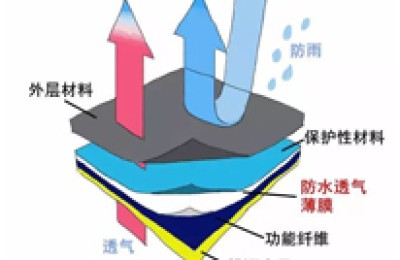Country risk reference rating: Level 4 (4/9)
Country Risk Outlook: Stable
◆Political Risk
From the perspective of political risk, Spain’s political situation was generally stable in 2013, and there were no major hidden dangers to social security. In the coming period, Spain’s national risk will mainly lie in the evolution of the Catalonia referendum incident, but the overall situation is less likely to get out of control.
The Spanish government welcomes investment. Generally speaking, foreign investments do not need to seek government approval except for investments involving national security and tax avoidance. Spanish law also establishes relevant protection and compensation provisions to effectively prevent the nationalization and expropriation of foreign investments. There have been no cases of expropriation or nationalization of foreign assets in recent years. However, in 2014, Spain revised its law and introduced retroactive provisions, which had a greater impact on energy companies. At the same time, the Spanish government implemented a new tax system on the energy industry in order to solve the tariff deficit caused by years of selling energy below cost.
◆Economic Risk
After experiencing serious challenges such as the bursting of the real estate bubble, soaring unemployment, rapid economic decline and bailout of the banking industry, in the third quarter of 2013, benefiting from external demand, investment recovery and labor market reforms, the Spanish economy experienced a slight quarter-on-quarter decline. It increased by 0.1%, ending a nine-month recession. In 2014, the Spanish economy will continue its slow recovery process, but there are also certain risks. Of particular concern are the high unemployment rate, the impact of real estate trends on the banking industry, and the financial situation.
Since the outbreak of the Eurozone crisis, Spain’s economy has been in recession and did not improve until the third quarter of 2013. This was mainly due to the fact that the drag of domestic demand on economic growth began to ease, the strong pull of external demand, and the reduction of fiscal pressure. In 2013, Spain’s per capita GDP reached 21,797 euros. Entering 2014, investor confidence continued to improve. The GDP growth rate in the first quarter was 0.4%, the fastest growth rate in six years. Spain raised its economic growth forecast for 2015 by 1.8%. According to figures released by the Spanish Ministry of Labor and Social Security, as of March 2014, the number of unemployed people had declined for six consecutive months, indicating an improvement in the labor market environment.
Promoting economic growth, improving employment and rectifying the fiscal situation remain the focus of the government’s future work.
◆Business environment
At present, Spain is undergoing a reform of its fiscal and taxation system, mainly targeting low- and middle-income people, and encouraging domestic consumption by lowering tax rates. However, it denies that it will increase the value-added tax on some goods. Instead, it will readjust the environmental tax to create a more equitable environment. , a more effective fiscal and taxation system with sufficient revenue can also lower tax rates. Spain’s fiscal and tax reform is expected to take effect in January 2015.
The Spanish government actively attracts foreign investment, and the country has always been one of the most attractive member states for foreign direct investment in the European Union. In 2013, Spanish labor costs dropped and the amount of investment continued to increase. It is expected that Spain will attract more foreign investment in the future as the economy recovers and the environment further improves. In recent years, through continuous reforms, Spain has achieved certain results in business facilitation, but there are still many shortcomings. The cumbersome procedures and long time-consuming procedures have become barriers that hinder Spanish entrepreneurs from applying for companies. From the perspective of tax system, investment convenience, infrastructure and administrative efficiency, Spain’s business environment will be improved compared to before. Reforming the labor market, improving administrative efficiency, and the new immigration bill all reflect the Spanish government’s efforts and willingness to improve the business environment, actively attract foreign investment, and promote domestic economic development.
◆Policy suggestions
Strong exports and good performance of the tourism industry are the main factors driving Spain’s economic recovery. However, due to the small added value of its exports, growth is achieved by reducing labor costs and wage levels, and the foundation is not solid. Will this trend continue in the future? There are doubts, so the main risk involves the external sector. If the economies of emerging economies, especially Latin American countries, slow down further than expected, it will put greater pressure on Spain’s export growth, which will have a negative impact on the economy.
The social costs of the series of adjustment measures taken after the economic and financial crisis and the bursting of the real estate and credit bubbles have been huge, with unemployment reaching historically high levels, declining subsidies and protection benefits for the unemployed, and generally Low wages may be the biggest obstacle to continued growth in Spain in the future. In addition, deflation risk is also worthy of attention. It will hinder demand growth, make it difficult for companies to increase profits, and reduce social consumption capacity.




